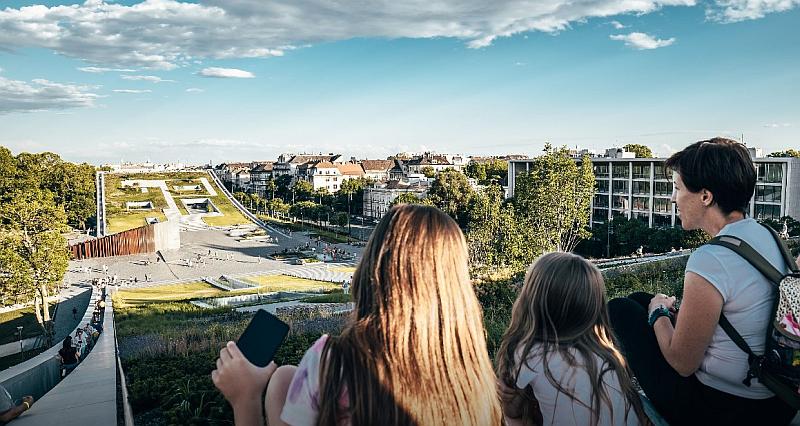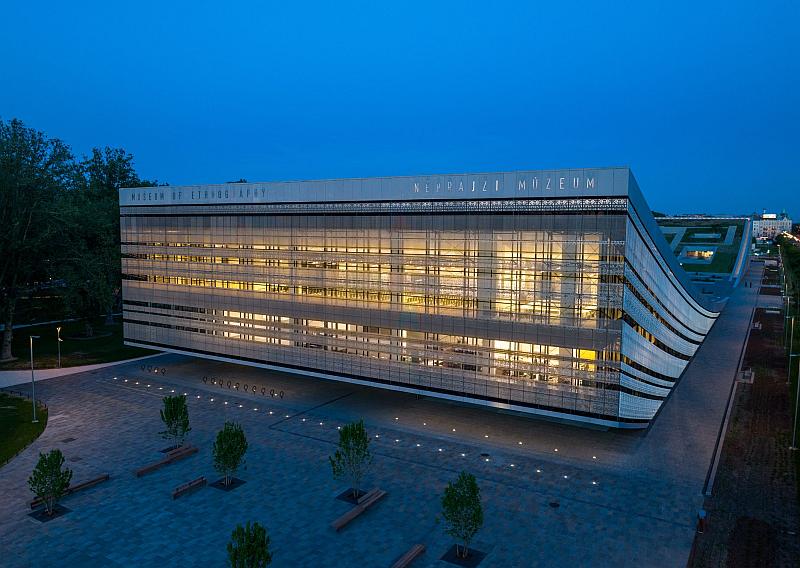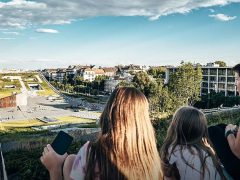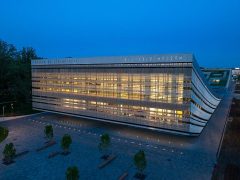Néprajzi Múzeum: A Portal to Global Cultures in the Heart of Budapest
The Néprajzi Múzeum (Ethnographic Museum) in Budapest is not just a museum; it’s a vibrant cultural nexus that bridges the past and present through the extensive chronicles of human culture. Established in 1872, this prestigious institution has emerged as one of Europe’s leading ethnographic museums dedicated to exploring and understanding cultural diversity. As an expert in Budapest’s cultural landmarks, I invite you to delve into the rich tapestry of global cultures that the Néprajzi Múzeum presents.
A Rich Repository of Cultural Heritage
The museum’s extensive collection encompasses various objects, images, texts, and sounds from Hungarian, European, and extra-European communities. These artifacts serve as a multifaceted lens through which visitors can explore various aspects of our world’s cultural heritage, from traditional customs to modern societal phenomena.
A Reflexive Space for Cultural Dialogue
As a societal museum, the Néprajzi Múzeum is a reflective platform for examining historical and contemporary cultures. It stands at the forefront of ethnography, European ethnology, and cultural anthropology in Hungary, fostering a deeper understanding and appreciation of cultural memory, diversity, and identity.
A Convergence of Science, Education, and Art
The museum is a dynamic space where science meets education, and diverse cultures engage in dialogue. It offers a unique environment for articulating collective and individual interpretations, harmonizing knowledge with experience and perception.
Architectural Marvel on the Edge of Városliget
Located near Városliget at Ötvenhatosok Square, the museum’s new building is an architectural feat, featuring a facade adorned with nearly half a million pixels that reinterpret ethnographic motifs. Its rooftop garden provides a panoramic view of Budapest, adding another layer to the visitor experience.
Acclaimed on the International Stage
Even before its completion, the Néprajzi Múzeum’s innovative design garnered international acclaim, winning the world’s best public building title at the London International Property Awards 2018. This recognition underscores the museum’s significance as Budapest’s cultural and architectural landmark.
Did you know about the Ethnographic Museum?
The Ethnographic Museum in Budapest, Hungary, is one of Europe’s largest and most significant institutions dedicated to ethnography. Here are some key facts about the museum:
- Establishment and Mission: The Ethnographic Museum was established in 1872, originally part of the Hungarian National Museum. Its mission is to collect, preserve, research, and exhibit traditional and contemporary cultures from Hungary and worldwide.
- Collection and Exhibits: The museum boasts an extensive collection of artifacts, including traditional folk costumes, textiles, crafts, tools, and everyday objects. These exhibits provide insight into various communities’ cultural heritage and way of life.
- New Location: As of my last update in April 2023, the museum was relocated to a new, state-of-the-art building in the City Park (Városliget) as part of the Liget Budapest Project. This new location is designed to offer modern exhibition spaces, research facilities, and visitor amenities.
- Research and Education: Beyond its exhibitions, the Ethnographic Museum is also a center for research and education. It conducts ethnographic and anthropological research and offers various educational programs and activities for all ages.
- Cultural Events and Programs: The museum hosts various cultural events, workshops, and folk art demonstrations, allowing visitors to engage actively with the traditions and cultures on display.
- Global Perspective: While the museum strongly focuses on Hungarian folk traditions, its collection and exhibitions also cover cultures worldwide, offering a global perspective on ethnography.
- Architectural Significance: The museum’s original building, adjacent to the Hungarian Parliament, is a notable example of neo-Renaissance architecture. Its new location is expected to be a modern architectural landmark.
- UNESCO Recognition: The museum’s efforts in preserving intangible cultural heritage have gained international recognition, including collaborations with UNESCO.
The Ethnographic Museum serves as a gateway to understanding the diversity of human cultures, both within Hungary and globally. It is an invaluable resource for scholars, students, and anyone interested in the richness of human traditions.
Conclusion
The Néprajzi Múzeum is a must-visit destination for anyone interested in the depth and diversity of human cultures. It’s more than a museum; it’s a portal to understanding the rich cultural heritage that shapes our world. As you explore its collections and engage with its exhibits, you’re participating in a global dialogue that transcends time and borders, offering a profound appreciation for the mosaic of human culture.





